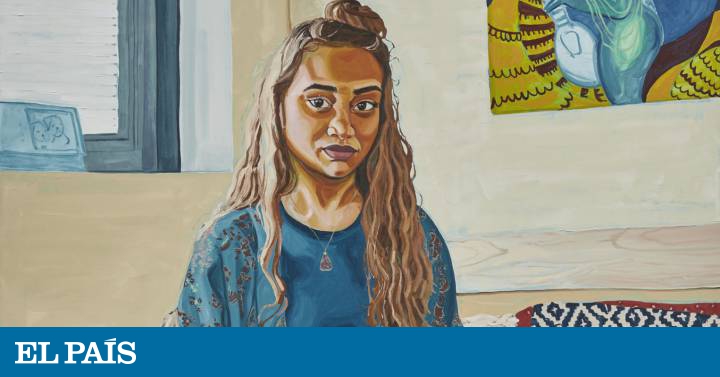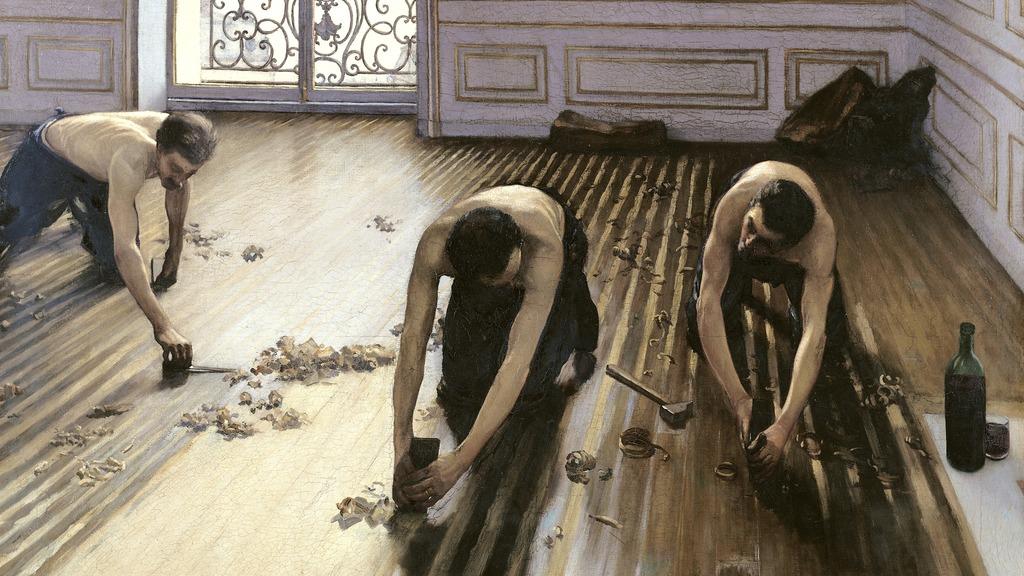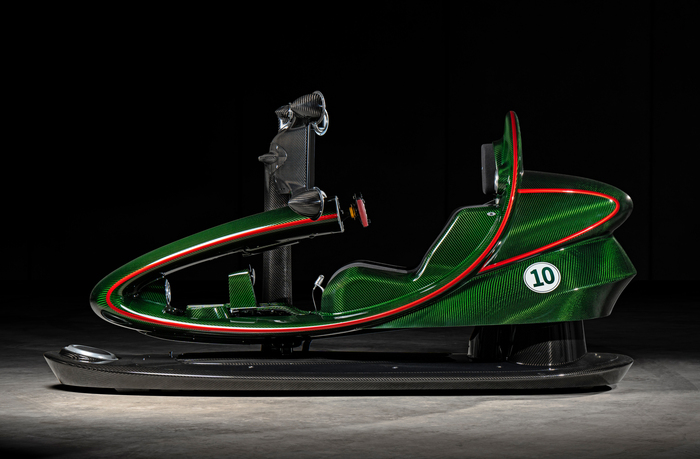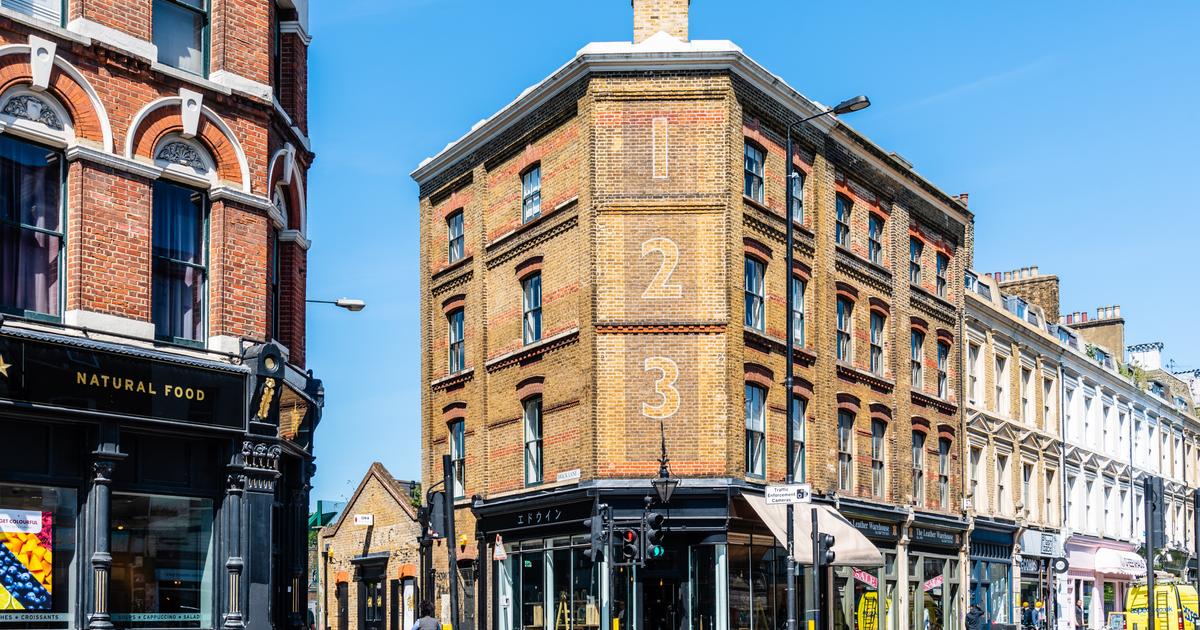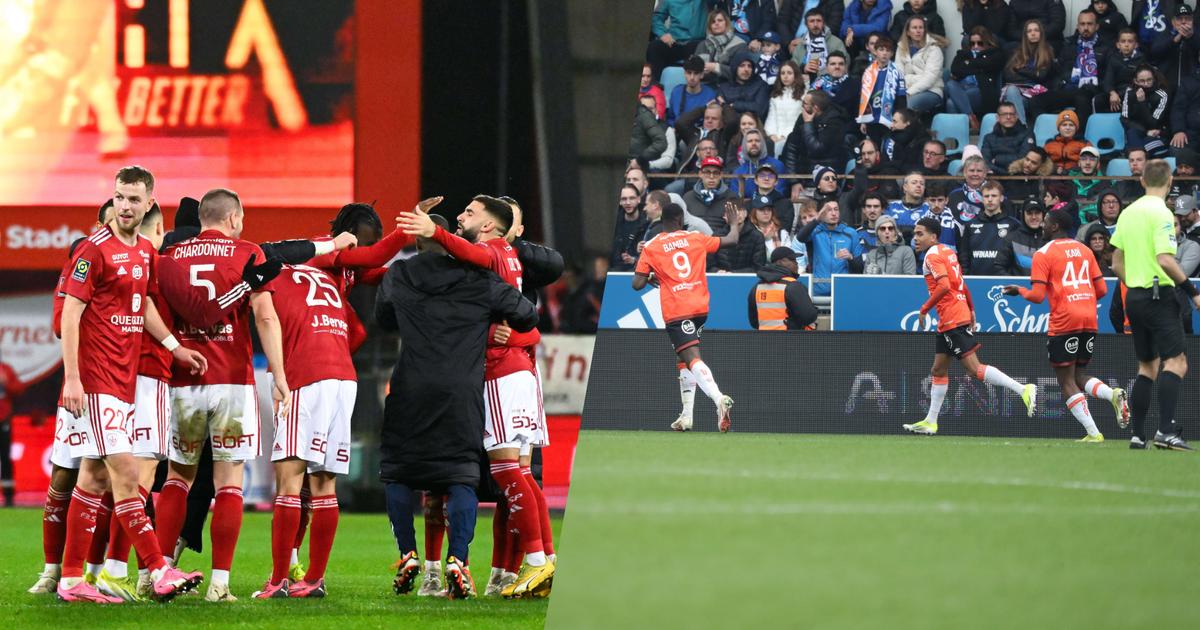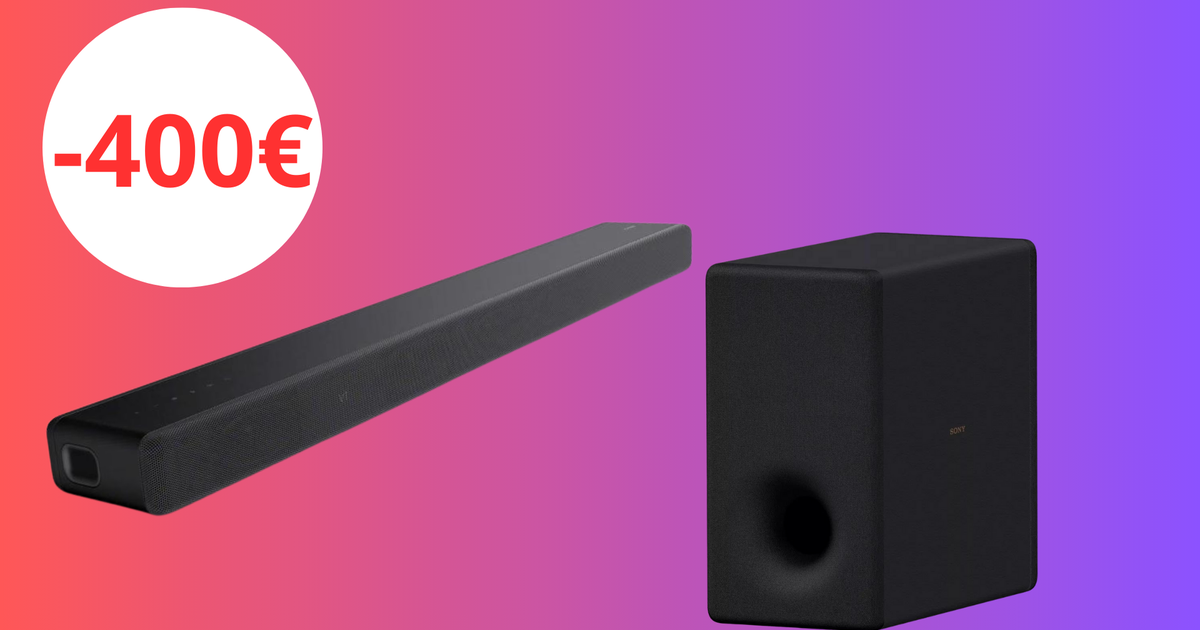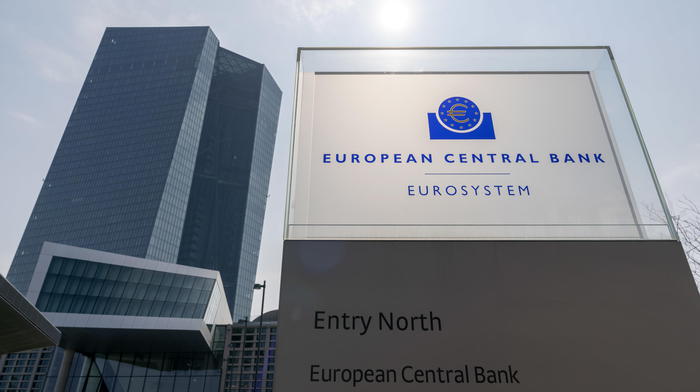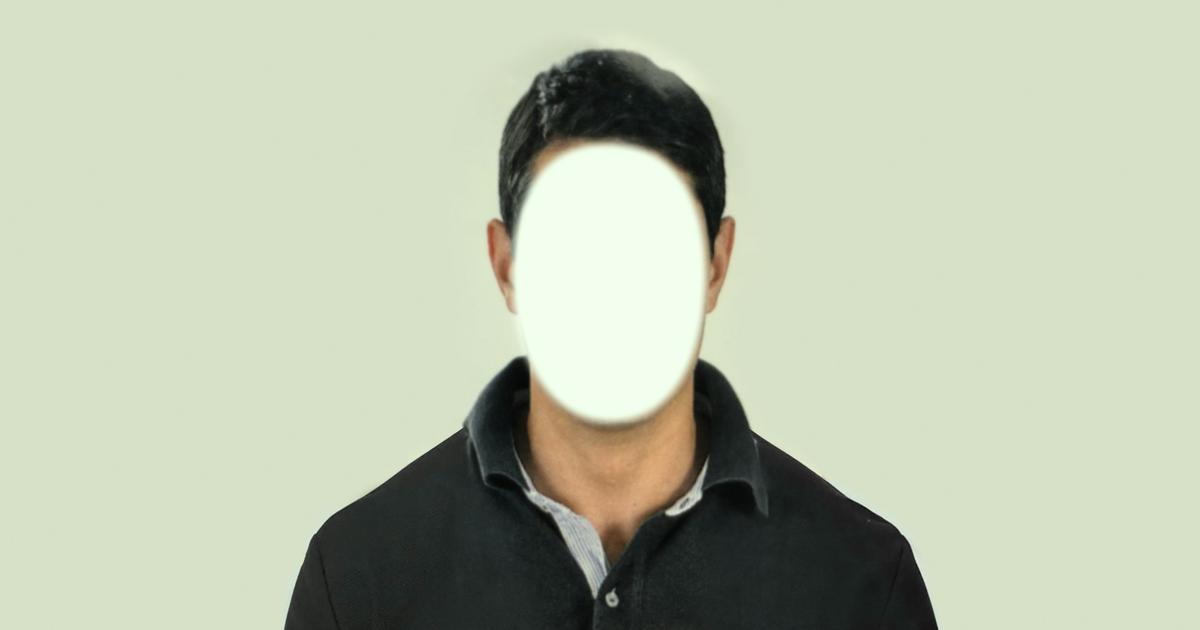If Botero is typed into Google, J Balvin comes out talking about colors.
J Balvin the singer.
The one with SpongeBob.
The
partner
of any Latin Grammy.
The Tik Tok soundtrack.
What is the
prince of reggaeton doing
talking about the
king of volume?
At first, the association seems bizarre, although within minutes of their art criticism in
Spanglish, the
two Medellín artists are getting closer and closer.
They are both famous, they like the bombastic and easily move the masses to the dance floor and the museum.
There is no fold in its literalness.
Not half a suspicion of a double meaning to avail.
Nothing.
What we see is what it is.
A demodé realism and a
hit
that invites you to look for an umbrella.
A double popular alliance.
This is the
boterista
perreo
that is now being danced in Madrid since the largest retrospective of Fernando Botero at CentroCentro.
Jokes about the post-confinement bodies are already heard at the door.
Criticisms about the reason for a commission exhibition organized by Arthemisia, the Italian company specializing in popular entertainment products, grow in somewhat more internal jurisdictions.
The truth is that realism sells to talk about the "state of things."
He did so in 1960, when the fixation on the reality of the modern world, in tune with the North American neo-datas postulates, inspired the first manifesto of the new realism that Pierre Restany published in Milan and that instantly settled in Paris.
He did it at the time that Antonio López began
El Campo del Moro,
taking the first steps to place himself next to the famous landscapers.
Just when Isabel Baquedano was making her way into the orbit of realistic figuration.
The objective was clear: in the face of the sclerosis of the dominant tendencies, the new realisms considered the world as a great painting, as a fundamental work endowed with universal meanings.
Like a philosopher's stone.
The sociological reality was pure air in that painting reduced to the visual fact and its literal character, in a search to give a new meaning to contemporary nature.
An appropriation of the real that is once again the law of our present, especially among younger artists.
View of the Celia Hempton exhibition in London.
Jordan Casteel (1989) is an example.
When she came to campus as a student, her mother took her into the dining room, not to eat, but to greet the kitchen staff, the people who would really take care of her.
Ten years after graduating, she still calls Betty, a baker, who stars in one of her paintings.
That particular alchemy, the one that begins with a nervous greeting and transforms strangers into a family, is the core of her work.
At 31, she has been celebrated for her great portraits of friends and neighbors, always black and often immigrants, that now hang in the New Museum.
It is his first institutional exhibition, although his works are already circulating in
Vogue
this month and on the High Line in New York in his first public art commission,
Fallou,
which has already been bought by rapper Swizz Beatz.
Casteel brings to painting a new perspective on contemporary life in New York that would otherwise be difficult to find in museums.
A laborer, a cashier, a cleaner, a janitor.
The same X-ray is also carried out by the Mexican Aliza Nisenbaum (1977) and the Nigerian Njideka Akunyili Crosby (1983) with a painting turned into political militancy.
They are artists who respond to an empathic and alternative realism to speak of their own and that of others under a gaze that does not hesitate to honor their neighbor: without distances, without complexes, without clichés.
The
hipster
use
of realistic painting.
In times of liquid identities, figuration redraws a new aesthetic framework to speak of everyday mythologies from a physical body dominated by internal concerns.
That is the new still life: an introspective painting, tender and bucolic at the same time, that the artists project under a mental construction of the antiheroic and vulnerable reality.
The
alter ego
of Shona McAndrew (1990) sitting on the couch looking at nothing.
Dea Gómez (1989) and Diego Omil (1988), who form Los Bravú, stretching their necks behind the stick of a selfie.
Gala Knörr (1984), between memes,
deep fakes
and
emojis.
Or
the portraits of Amy Sherald (1973), which this month have reached another cover, that of
Vanity Fair
, from which it pays homage to Breonna Taylor.
Cover of 'Vanity Fair' for September, featuring a portrait of Breonna Taylor by Amy Sherald.
There is also a magical realism well installed in the galleries and the market, Gustav Klimt's grandson, which gives a more prosaic and poetic dimension to everyday life.
María Berrío (1982) synthesizes it like few others with her atmosphere of a confused, chaotic and lost everyday world, which she will install in a few days at the Victoria Miró gallery in London.
There is also a surrealistic realism, through which the figuration of Yann Leto (1979), Jessie Makinson (1985), Hulda Guzmán (1984) or Nathan Cash Davidson (1988) flows, who in addition to being an artist is a rapper.
And then there is pop realism: much more eclectic, narrative, hooked.
The Entire Universe of Tala Madani (1981).
The asses of Celia Hempton (1981) and those of Pere Llobera (1970), painters who do not avoid the strangest and most disturbing side of existence.
She is now exhibiting at the Southard Reid Gallery in London.
Him, in the F2 of Madrid.
A painting with stain and accumulation, with plot and questions, sister of Luc Tuymans' eye and her reinvention of history, and of Maria Lassnig's animal exploration.
Intensity in the gaze, the experience seeing the mold of things and not the thing itself, that which defines what is art and what is not.
That dilemma.
Jordan Casteel: Within Reach.
New Museum.
New York.
Until March 1, 2021.
María Berrío: Flowered Songs and Broken Currents.
Victoria Miró.
London.
From October 6 to November 27.
Celia Hempton.
Southard Reid Gallery.
London.
Until October 24.
Pere Llobera. A smaller perfection.
F2.
Madrid.
Until October 31.

